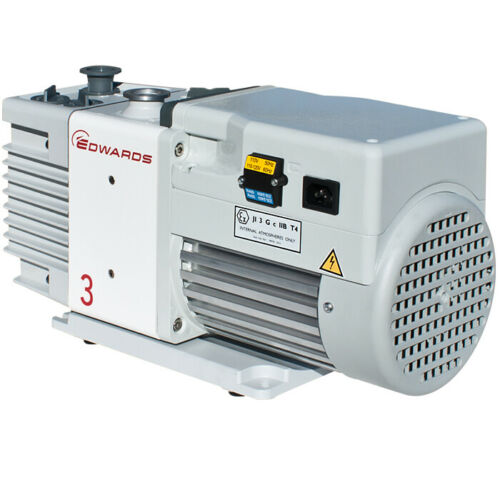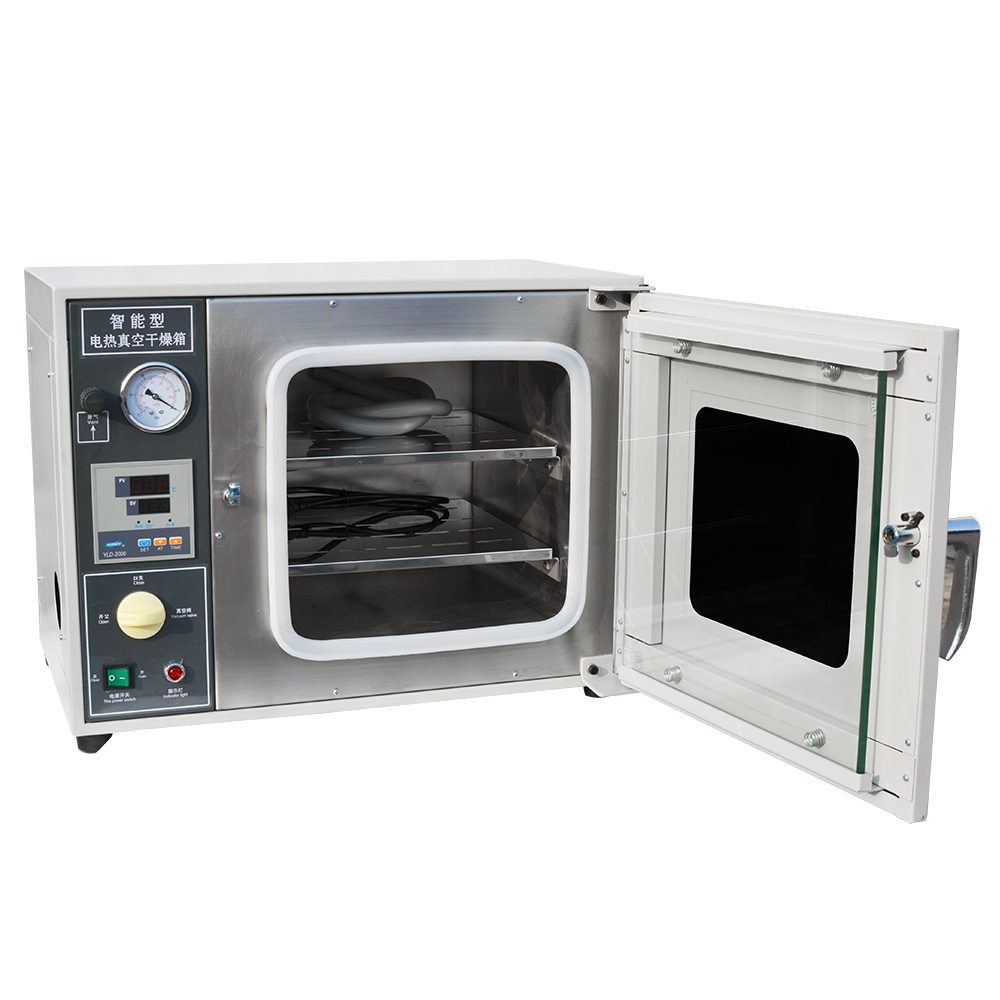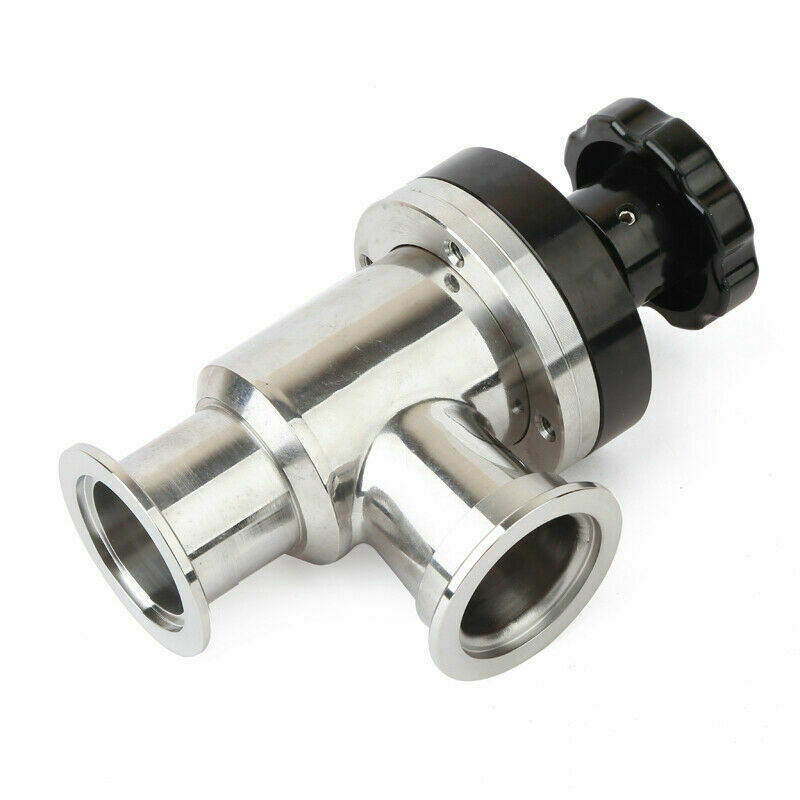
Vacuum pump is a device to improve, produce and maintain vacuum in a closed space by various methods. It has been widely used in metallurgy, chemical industry, food, electronic coating and other industries, and plays an important role in enterprise production, which is highly praised and loved by market users. However, if anything is used for a long time, it will wear and break down, so we need to repair or replace it in time, so as to better ensure its working efficiency and extend its life. The following section introduces the common faults and maintenance skills of vacuum pump.
Maintenance skills for common faults of vacuum pump
Common faults and maintenance methods of vacuum pump are as follows:
- Wear of pump shaft bearing position: wear of vacuum pump transmission part is a common problem, including wear of bearing position, bearing seat, bearing chamber, keyway and thread.
Repair and maintenance skills: the modern western countries mostly adopt the polymer composite repair method, the application of which is the technology system of the United States of America, with strong adhesion, high compressive strength and other properties. This method can be repaired without disassembly and machining. There is no influence of repair welding thermal stress, and the repair thickness is not limited. At the same time, the product can absorb the impact vibration of the equipment, avoid re abrasion, and greatly extend the service life of the equipment components, save a lot of downtime for the enterprise, and create huge economic value.
- Corrosion: the corrosion forms of vacuum pump can be divided into two categories: overall corrosion and local corrosion. The former occurs uniformly on all surfaces of vacuum pump, while the latter only occurs locally, such as hole corrosion, crevice corrosion, intergranular corrosion, stress corrosion, etc.
Maintenance skills: the use of polymer composite materials for the vacuum pump surface organic coating anti-corrosion, with very good chemical resistance and excellent mechanical properties and bonding properties, compared with the traditional pressure vessel welding repair, has the characteristics of simple construction, low cost, safety performance and good repair effect.
- Shell crack and fracture: the vacuum pump often cracks or breaks due to casting and processing defects, internal stress and overload operation.
Repair and maintenance skills: the conventional repair method is to use welding, but some parts are made of cast iron, aluminum alloy, titanium alloy, which is difficult to be welded. There are also some dangerous occasions prone to explosion, and it is more difficult to adopt welding repair method. Meijiahua technology is a “cold welding” technology, which can avoid thermal stress deformation, at the same time, the material has good adhesion, compression resistance, corrosion resistance and other properties, and can meet the use requirements of various equipment components to the maximum extent, so as to effectively ensure production with the lowest cost input, safe, convenient and reliable.
- Oil leakage: This is one of the most common faults of vacuum pump, which mainly occurs in the oil window, oil tank gasket and motor bearing shaft seal of vacuum pump. The main reason is that the aging and sealing failure of these parts are caused by the long service time of vacuum pump, resulting in oil leakage.
Solution: replace the aged oil window, shaft seal, sealing gasket and felt gasket filled with pump oil. After maintenance, flush the vacuum pump with Edward vacuum pump oil before oil filling, and clean the filter screen at the oil filling port with solvent to keep the oil tank clean.
- Vacuum pump can not be pumped to the limit vacuum degree: first check the air tightness of the vacuum system to see if there is slight air leakage. Secondly, open the air ballast and let the pump run for about 30 minutes to pump out the compressible steam caused by non pump oil pollution, so as to eliminate the impact of the compressible steam on the ultimate vacuum degree.
Solution: replace the rotor and spring, and clean the rotor and pump chamber; check the exhaust valve to see if its action fails, resulting in poor exhaust. If necessary, replace the exhaust valve.
- Vacuum pump can not be started: the main performance is that the vacuum pump can not be started after power on. At this time, the circuit part of the vacuum pump should be checked first, such as whether the safety tube is burnt or not, and whether the circuit part is burnt or not. After troubleshooting the circuit part, the following two factors shall be considered:
(1) The motor is burnt out. The main reason is that the stator coil of the motor is burnt out, which is caused by many reasons, such as excessive instantaneous current, long-term wear of the motor bearing, resulting in increased friction resistance of the bearing, increased motor power, temperature rise and motor burnout. At this time, check the motor bearing first, and then check the motor coil. If the bearing is damaged, replace the bearing; if the motor coil is burnt, repair the motor and rewind the sub coil. When the bearing and coil are seriously damaged, the motor needs to be replaced.
(2) The spinner is jammed. The main performance is that the friction resistance between the rotor and the surface of the pump cavity is too large, which makes the motor unable to drive the rotor. The reason is that the rotary vane is deformed, the spring in the rotor can not be reset after opening, or the resultant force of spring pressure and centrifugal force of the rotary vane itself is too large, which leads to the excessive friction resistance between the rotary vane and the surface of the pump cavity. At this time, the rotor and spring should be repaired in time. If they cannot be repaired, they should be replaced.






